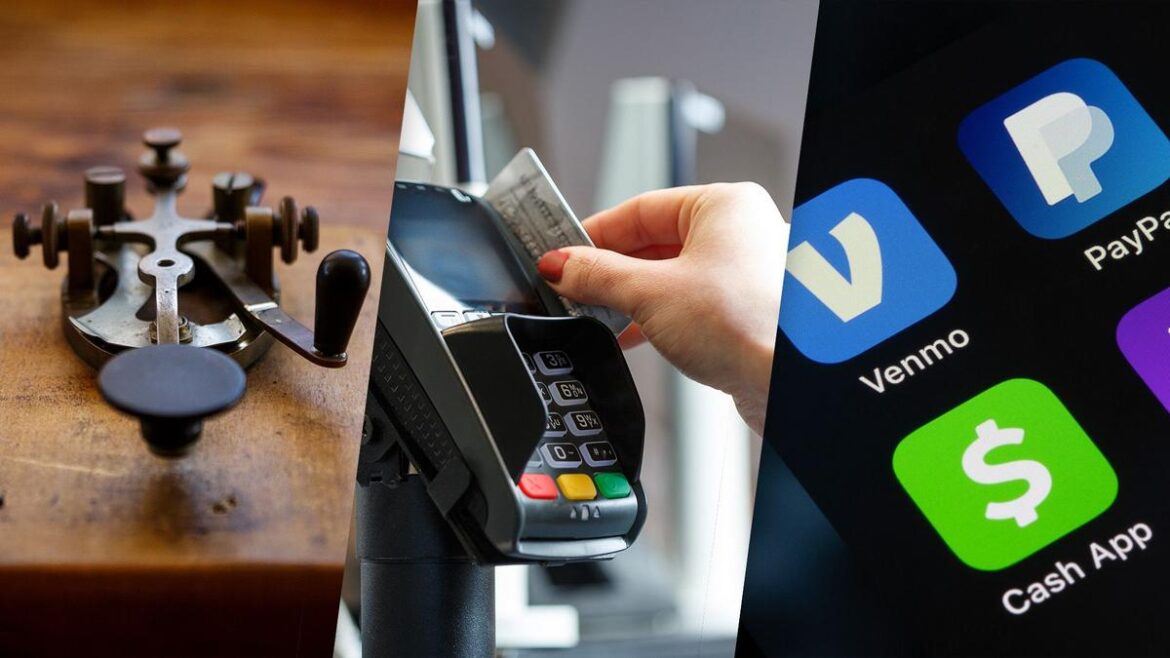Take a second and think—when was the last time you handed over actual cash for something? Not swiping a card or scanning a QR code, but physical notes. If you’re in any major Indian city, chances are it’s been a while. The shift is happening—digital payments are making cash feel… almost nostalgic. But is cash really disappearing? Or is it just changing its role? Let’s try to make sense of this story unfolding quietly around us.
How Digital Money Is Replacing Cash
There was a time when every wallet bulged with rupee notes. You paid your house rent in cash. Bought groceries with it. Sometimes even stashed extra under your mattress. Slowly, though, things began to shift.
Debit and credit cards led the way. But it was digital wallets and UPI (Unified Payments Interface) that truly pushed us into new territory. Everyone from college kids to roadside vendors now accepts payments via QR codes. During the COVID-19 pandemic, concerns about hygiene gave another push—contactless became the safer choice.
Timeline of Events
- Pre-2010s: Cash dominated almost all transactions
- 2011–2015: Cards and early mobile wallets gained popularity
- 2016: Demonetization in India caused a spike in digital transactions
- 2017–2019: UPI launched, changing the game for small payments
- 2020–2022: COVID-19 led many to avoid physical currency due to health risks
- 2023–Present: Rise in digital rupee trials and government-backed digital payment policies
Why People Are Stepping Away from Cash
You probably feel this already—handling coins and notes just feels slower. And let’s face it, nobody likes digging for ₹2 change or worrying about lost wallets. Here’s why people are switching fast:
- Convenience: Scan and pay—in seconds.
- Speed: Faster checkouts, fewer queues.
- Tracking: Your app shows what you spent, when, and where.
- Security: Phones can be locked. Physical cash, once gone, is gone.
Businesses benefit too. They save time on accounting and reduce risks tied to cash handling. It also builds transparency—a huge plus with tax authorities on both local and national levels.
Official Statements
“Digital transactions are no longer optional—they are becoming a part of everyday life,” said a Reserve Bank of India spokesperson during the release of the Digital Rupee pilot update. “But at the same time, cash continues to serve as an important instrument, especially in rural and unbanked areas.”
The RBI has been cautious, steering this shift steadily without pulling the plug on cash.
Still Hanging On: Where Cash Holds Its Ground
Despite the rapid rise of digital payments, walking through small towns or rural India paints a different story. For many people, digital isn’t as accessible—either due to poor internet, lack of smartphones, or simply because they trust cash more.
Older adults who grew up with cash are less likely to jump on the digital train quickly. Daily wage earners often depend on cash for immediate needs and there’s the recurring power issue—when electricity or connectivity crashes, cash becomes the one sure option.
Daily Realities in a Mixed Economy
Cash isn’t dead. It just plays a quieter role now. In emergencies like floods or pandemics, it’s still invaluable. When ATMs fail or servers go down, nothing beats a crisp note.
Even youngsters, who embrace apps like Google Pay and PhonePe, hold on to at least some amount “just in case.” It’s that safety net. A reliable backup.
The Rise of Central Bank Digital Currency
Now things are getting more layered. Enter CBDCs (Central Bank Digital Currencies). Think of them as digital versions of your banknotes—issued directly by central banks like the RBI.
Unlike UPI apps that route payments through your bank account, digital currencies can technically work independently. No bank account, just digital value. Controlled, safe, and trackable.
In India, trials for the Digital Rupee have already begun. The idea is to give people an option that feels like cash, but works online. Fast, official, and ideally more secure than third-party wallets.
Benefits and Concerns
- No intermediaries between users and the central bank
- Could reduce costs tied to printing and distributing physical money
- Potential for improving financial inclusion
But it’s not all simple. Some privacy advocates worry about every transaction being tracked. Others feel unsure about how these new currencies might work offline or whether they’ll complicate daily life.
Community Response
People are still adapting. Some are all-in, using mobile payments even with local fruit sellers. Others resist, preferring what they trust. Let’s be honest—it’s a mix. A cashier at a local supermarket in Noida told us, “Almost 80% of people now pay by scanning QR. But if the system’s down, we still use cash. It’s not gone… yet.”
In contrast, a street vendor in Jharkhand might not even own a smartphone. There’s a gap—and bridging it won’t be quick.
The Road Ahead: What’s Next?
Looking into the future of money, clarity is hard to find. Will cash fade out completely? Doesn’t seem likely. Will digital dominate? It already is. But the transition isn’t about replacing one with another. It’s more about co-existing, with each serving a role.
Digital will keep rising, no doubt. More platforms, smarter security, and deeper government support. But cash? It’ll still be there, possibly in your drawer or tucked inside your old wallet. Loved by some, relied on by many.
Some Considerations Going Forward
- Better education about online security and payment safety
- Simplifying digital access for elderly and rural users
- Continuing support for multi-payment ecosystems—digital and cash
As we navigate these changes, maybe take a moment to check your wallet. A ₹500 note might still be nestled in there, waiting. The future is digital, yes—but the story of cash is far from over.
The final word? Money is evolving, sure. But it’s not forgetting its roots—at least, not yet.

